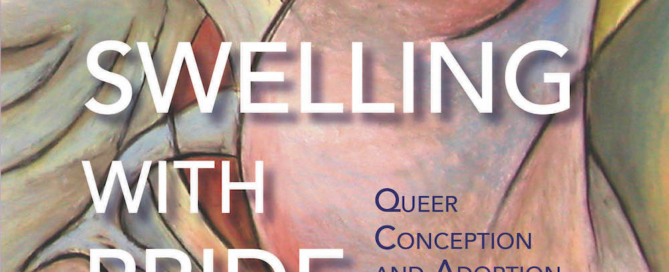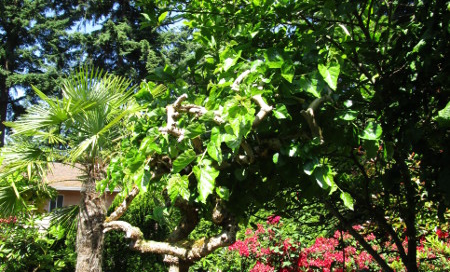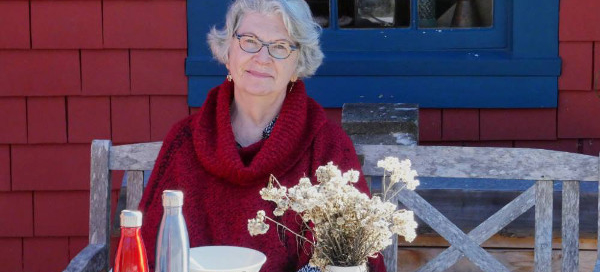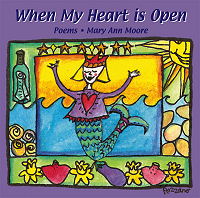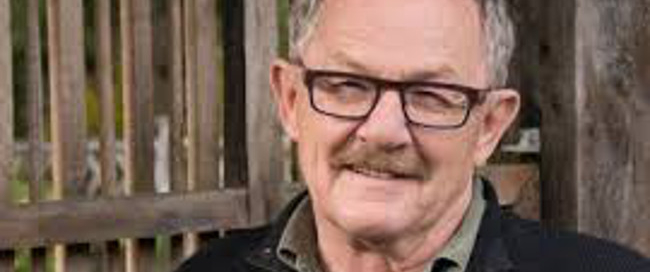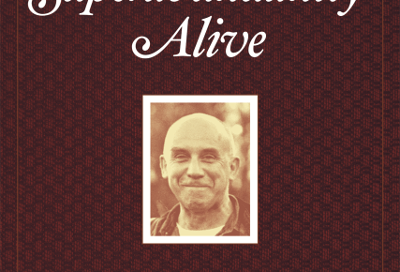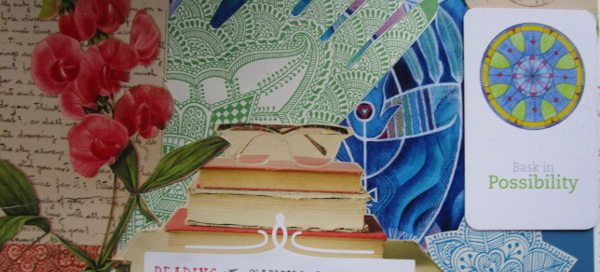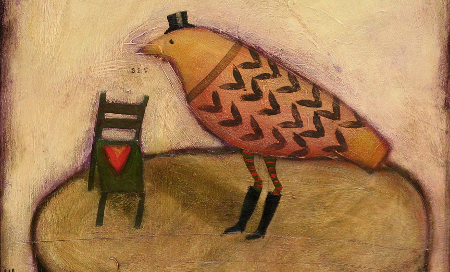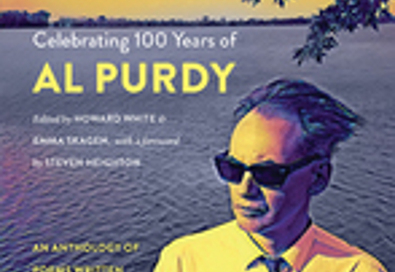Swelling with Pride
Sara Graefe, editor of Swelling with Pride (Dagger Editions, 2018) and “proud queer mom,” assembled more than twenty-five creative non-fiction LGBTQ2 authors from across North America for the book sub-titled Queer Conception and Adoption Stories. Sara lives with her wife and school-aged son in Vancouver and is on faculty in the Creative Writing Program at the University of British Columbia. As Sara says in the introduction, “There’s no straightforward path to LGBTQ2 parenthood.” She found the curating of the collection to be healing work and a privilege to work with queer women, trans and genderqueer folk who shared intimate stories and experiences that were life-altering.
It’s an amazing collection of stories of the various hurdles the contributors had to overcome to attain their passionate desire for parenthood. There are exceptions to the end result. For Marusya Bociurkiw who planned to adopt a teenager, the young woman, Cindi, left three months after moving in. Marusya who is an associate professor at Ryerson University, acknowledges in “Attachment Roulette” what she taught Cindi and what Cindi taught her.
Another adoption story is Patrice Leung’s “Pathway.” It was the early 2000s when Patrice, a single lesbian, travelled to China with her sister to adopt her first daughter. She had been told that the Chinese government required a notarized declaration that she wasn’t a homosexual. “Our first few years together were so arduous I felt sorry for us both,” Patrice says of herself and her daughter Keala. She realized Keala needed an ally and Patrice went back for daughter number two, Tasia.
Susan G. Cole is a name I know from my Toronto days. She is a writer, editor and activist whose play, A Fertile Imagination about two lesbians trying to have a […]

